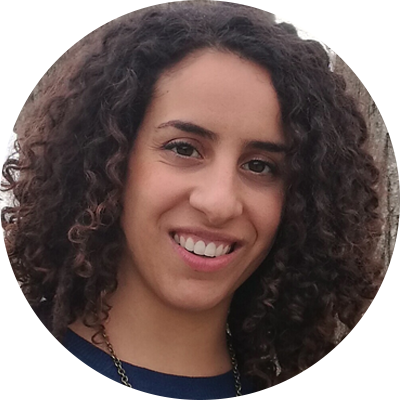Infinite Flow Is Challenging the Norm of What a Dancer Is
The young dance company focuses on inclusion, on welcoming wheelchairs onto the dance floor and celebrating people’s differences.
Founded by Marisa Hamamoto, Infinite Flow is more than a dance company - it is a social movement and a global community that revolves around inclusion, breaking down barriers, beauty, and innovation.
These words are the foundation of Hamamoto’s choreography, and she and the troupe work to bring them to life at each performance.
Hamamoto came up with the idea of a wheelchair dance troupe after she experienced temporary paralysis in 2006. Hamamoto was a senior at Keio University when she suffered a rare stroke, called a spinal cord infarction, which left her paralyzed from the neck down.
Although doctors told her she may never walk or dance again, after two months, Hamamoto regained mobility and was able to leave the hospital. She eventually returned to dance, and fell in love with ballroom dancing; however, the experience left a strong impact on her. When she returned to her home state of California in 2012, she discovered wheelchair dancing; however, she found it to be very limited and underdeveloped.
Hamamoto, who throughout her life felt excluded, decided that it was her destiny to bridge the gap and create a professional wheelchair dance company- one that would have the prestige of Alven Ailey and the inclusion of wheelchair dancing.
In March 2015, she founded Infinite Flow. Although the troupe is still young, they have already performed in over 80 shows, taught over 200 inclusive classes and workshops, and partnered with major companies, such as Facebook, Apple, Red Bull, and Porsche.
According to the website, the company’s mission is to make dance accessible to all and to “use dance as a vehicle to eliminate the stigma and inequality associated with disability.”
Hamamoto plans to continue to expand the troupe’s reach. Speaking on Good Morning America, she said: “There are over one billion people in the world with a disability who have little access to dance… I think its my destiny to do something about it.”
YOU MIGHT ALSO LIKE:
The Clothing Line Designed Just for People in Wheelchairs
30 Seconds on a Wheelchair That are Literally Breathtaking [VIDEO]
These Students Build Awesome Costumes for Kids in Wheelchairs






